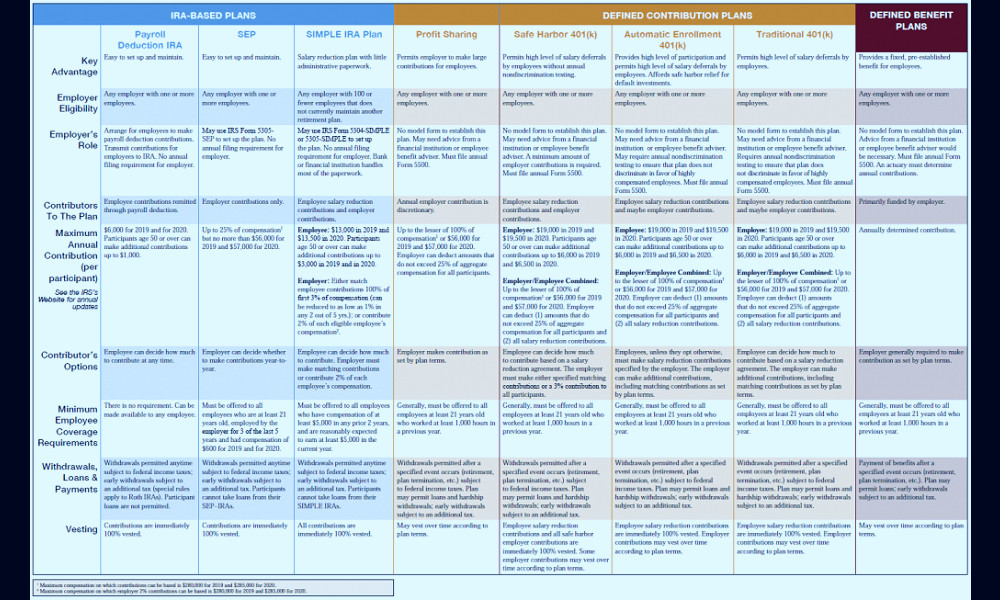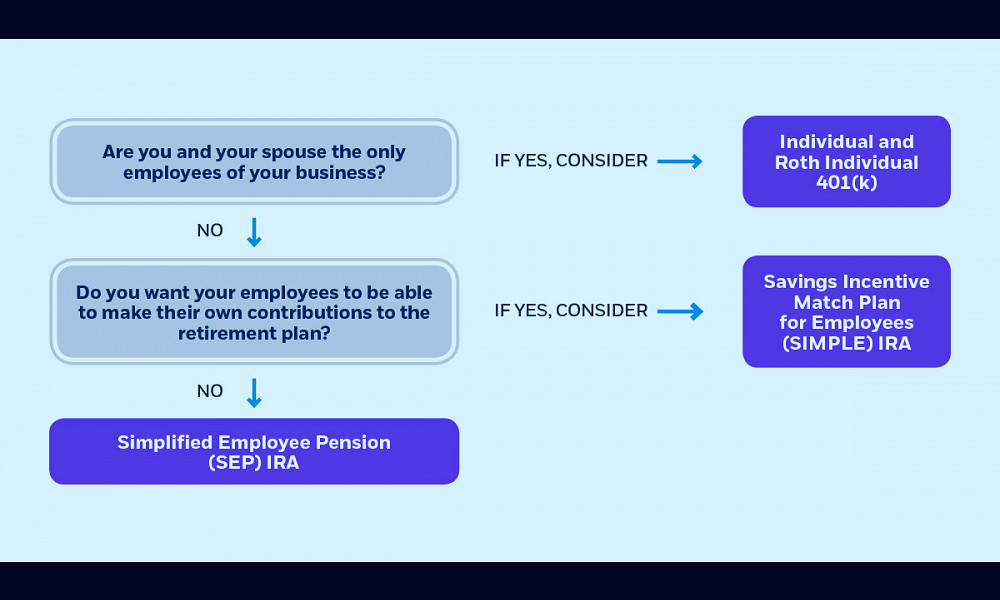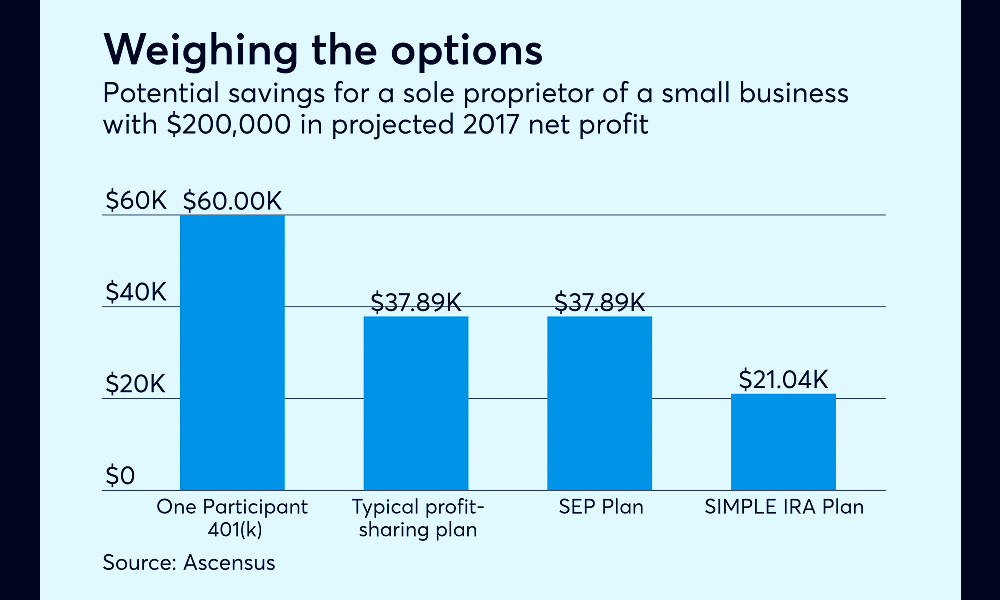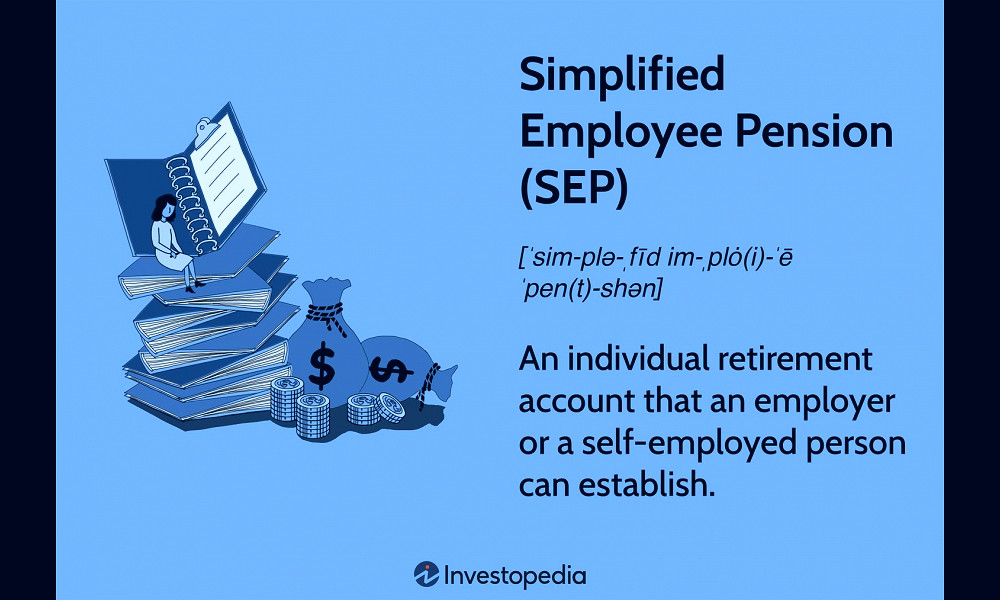
Optimizing Your Future: The Best Retirement Plan for Solo Entrepreneurs
The best one-person small business retirement plan is a self-directed retirement savings program designed specifically for self-employed individuals or small business owners. This plan allows for higher contribution limits compared to traditional retirement plans, offering tax-deductible contributions and tax-deferred growth. It's an ideal option for those looking to secure their financial future post-retirement while reducing their current tax liability.
Introduction
A retirement plan is a crucial part of any financial planning, even more so for one-person small business owners. Precisely designed, such a plan can provide significant tax advantages while ensuring a secure retirement. Read more
Understanding Retirement Plans
Retirement plans are investment strategies that allow you to allocate a part of your current income towards retirement. The principal advantage of such plans is the tax-deferred growth of the investment, meaning the money in the plan is not taxed until it is withdrawn during retirement. Read more
Solo 401(k) Plan
A Solo 401(k) plan is ideal for one-person businesses. This plan allows for significant contributions, with a limit of $58,000 in 2021. These contributions are tax-deductible, providing immediate tax relief, while the investments grow tax-deferred until retirement. Read more
SEP IRA
The Simplified Employee Pension IRA, or SEP IRA, is a retirement plan that allows business owners to contribute up to 25% of their compensation or $58,000 in 2021, whichever is less. The contributions are tax-deductible, and the investments grow tax-deferred. Read more

SIMPLE IRA
The Savings Incentive Match Plan for Employees, or SIMPLE IRA, is a retirement plan that allows small business owners to contribute up to $13,500 in 2021. This plan also provides a matching contribution from the business, further augmenting the retirement savings. Read more
Defined Benefit Plan
A Defined Benefit Plan is a retirement plan that guarantees a specified monthly benefit on retirement. The benefit may be an exact dollar amount, such as $1000 per month at retirement, or it may be calculated through a plan formula that considers factors like salary and service. Read more
Retirement Plan Contribution Limits
Each retirement plan has unique contribution limits that the IRS periodically reviews. These limits dictate how much you can contribute to your retirement plan each year. Read more
Tax Benefits
The major benefit of retirement plans is their tax advantage. Contributions made are generally pre-tax, reducing taxable income. The earnings on investments within the plan grow tax-deferred until withdrawal. Read more

Selecting the Right Plan
The perfect retirement plan depends on the individual's financial situation, income, age, and retirement goals. Each plan offers different benefits, so it is essential to understand each one thoroughly before making a decision. Read more
Conclusion
Retirement planning is a critical part of financial security. Whether it's a Solo 401(k), SEP IRA, SIMPLE IRA, or Defined Benefit Plan, each offers unique benefits to help one-person small businesses ensure a comfortable retirement. It's advisable to consult with a financial advisor to make an informed choice. Read more
Read more
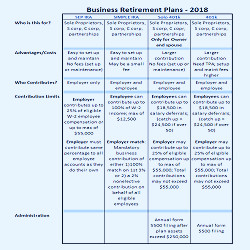 Retirement Plans for Small Business/Self-Employed
Retirement Plans for Small Business/Self-Employed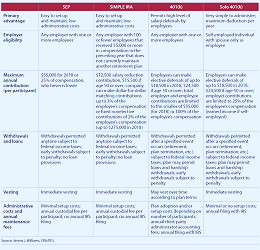 Help small businesses choose the right employee retirement plans - Journal of Accountancy
Help small businesses choose the right employee retirement plans - Journal of Accountancy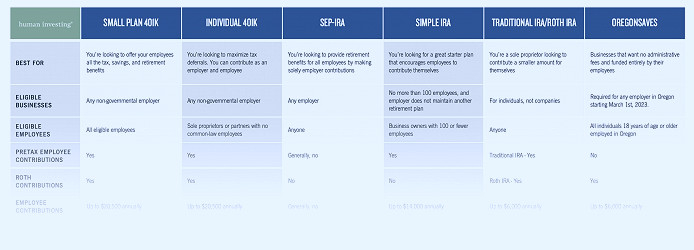 Find a Dependable Retirement Plan for Your Small Business — Human Investing
Find a Dependable Retirement Plan for Your Small Business — Human Investing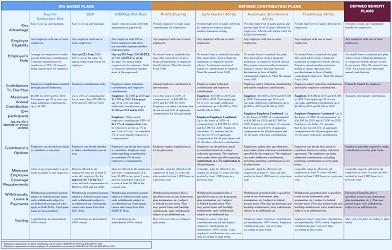 Choosing the Best Retirement Plan for your Small Business – Elements CPA
Choosing the Best Retirement Plan for your Small Business – Elements CPA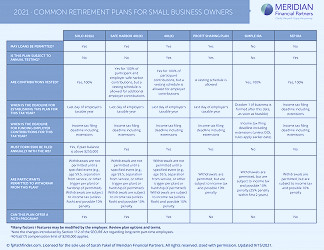 Common Business Retirement Plans | Meridian Financial Partners
Common Business Retirement Plans | Meridian Financial Partners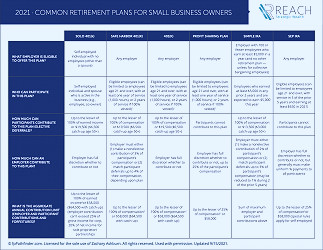 Retirement Plans for Small Business Owners — Reach Strategic Wealth
Retirement Plans for Small Business Owners — Reach Strategic Wealth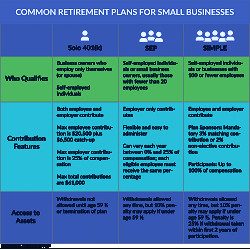 Solo 401(k), SEP, & SIMPLE: Retirement Plans for Small Businesses Solomon Exam Prep
Solo 401(k), SEP, & SIMPLE: Retirement Plans for Small Businesses Solomon Exam Prep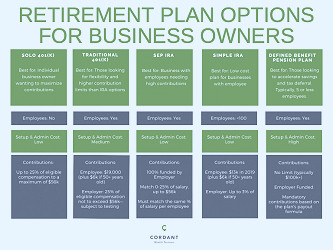 5 Critical Questions Business Owners Must Answer Regarding Retirement Planning - Cordant Wealth Partners
5 Critical Questions Business Owners Must Answer Regarding Retirement Planning - Cordant Wealth Partners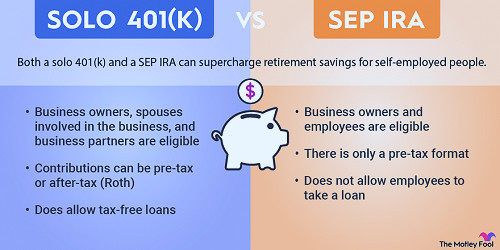 Solo 401(k) vs. SEP IRA: Which Is Better for You? | The Motley Fool
Solo 401(k) vs. SEP IRA: Which Is Better for You? | The Motley Fool Retirement Planning for Self-Employed People | Financial Planning
Retirement Planning for Self-Employed People | Financial Planning How SEP, SIMPLE, and Owner-Only 401(k) Plans Stack Up — Ascensus
How SEP, SIMPLE, and Owner-Only 401(k) Plans Stack Up — Ascensus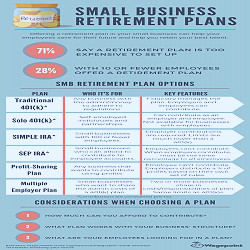 Offering Retirement Plans for Your Employees | SmallBizClub
Offering Retirement Plans for Your Employees | SmallBizClub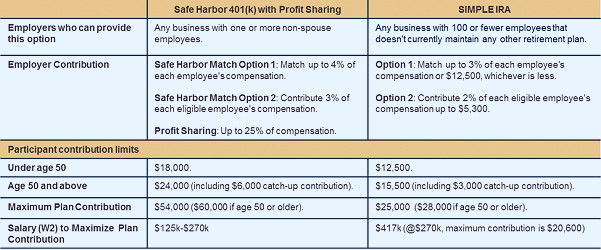 The Ideal Retirement Plan for Your Practice
The Ideal Retirement Plan for Your Practice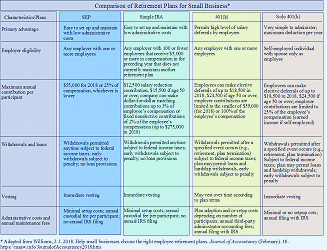 Small Business Retirement Plans
Small Business Retirement Plans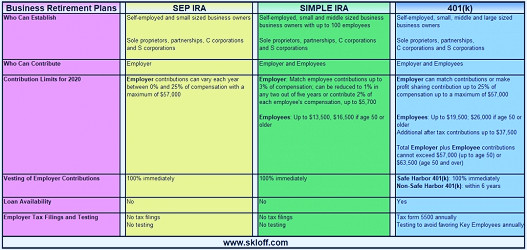 Business Retirement Plans 2020 - Skloff Financial Group
Business Retirement Plans 2020 - Skloff Financial Group Best Retirement Plans For The Self-Employed | Bankrate
Best Retirement Plans For The Self-Employed | Bankrate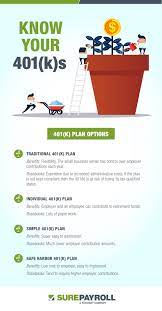 Small Business Owners Guide to 401K
Small Business Owners Guide to 401K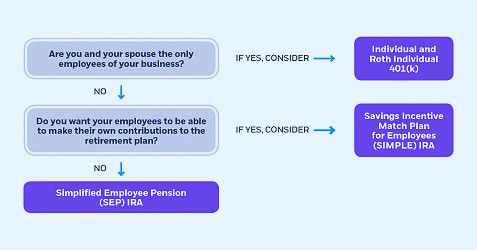 What are small business retirement plans? | Learn more
What are small business retirement plans? | Learn more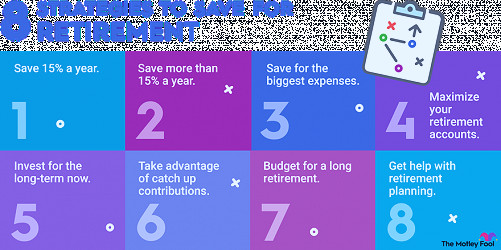 8 Best Strategies for Retirement | The Motley Fool
8 Best Strategies for Retirement | The Motley Fool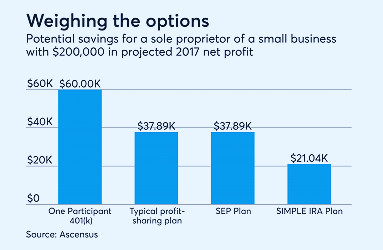 Optimizing small-business owners' retirement plans | Accounting Today
Optimizing small-business owners' retirement plans | Accounting Today 